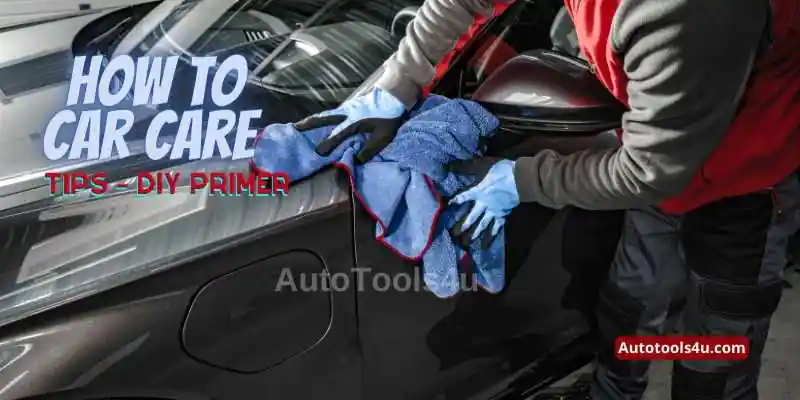1.1 How to Change the Engine Oil
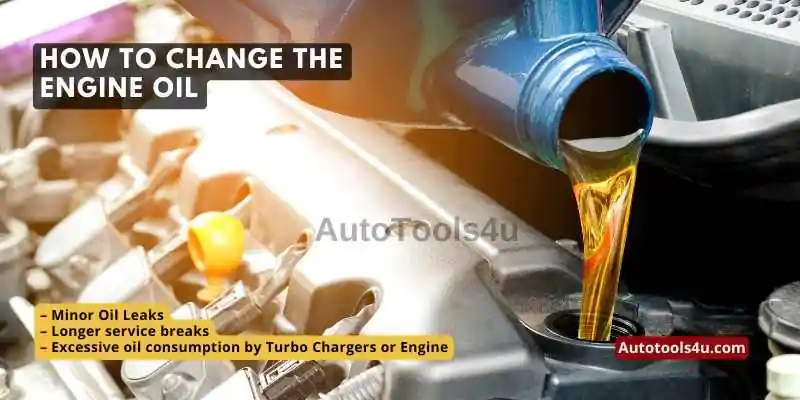
Many of us tend to think that checking car engine oil levels especially for modern cars is optional. That is not correct, oil levels can drop for many reasons
– Minor Oil Leaks
– Longer service breaks
– Excessive oil consumption by Turbo Chargers or Engine
How to pick the correct engine oil
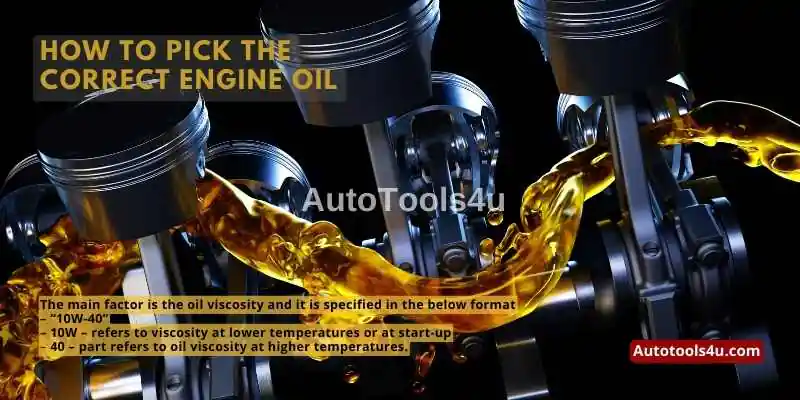
This information would be available outright in your car operating manual. That being said, we would like to discuss the grading basis for the oil. The main factor is the oil viscosity and it is specified in the below format
- “10W-40”
- 10W – refers to viscosity at lower temperatures or at start-up
- 40 – part refers to oil viscosity at higher temperatures.
Without understanding the absolute definition of the numbers, just comparative analysis would tell you everything you need to know. For example, 0W-40 will have lower start-up friction as compared to 10W- 30 but higher viscosity at higher operating temperatures.
5W-30 would be compatible with most petrol cars whereas 5W-40 would be suitable for most diesel cars, however, you must check your car operating manual to get the right specifications for engine oil.
How to check and Top-up the engine oil correctly
- This is done using the dip stick which is already available on the left ( or sometimes right side ) of the engine. It has a circular loop small handle and should be clearly visible.
- Oil is better checked when the engine is cold. Pull the dipstick back and clean it with a cloth or kitchen towel etc.
- Put it back inside fully and leave it for a couple of seconds before pulling it out again.
- Check for level and colour. If the level is low just add the oil.
- Physically test the oil by touching and rubbing it with fingers. If it leaves some debris, it’s service time. Oil can rapidly go black and messy so just looking at the colour may not be enough.
- For Top-up, find a plastic cap on the top of the engine which is screwed on. You may use a funnel is required to avoid spillage and mess in the engine section.
1.2 How to inflate tyres properly
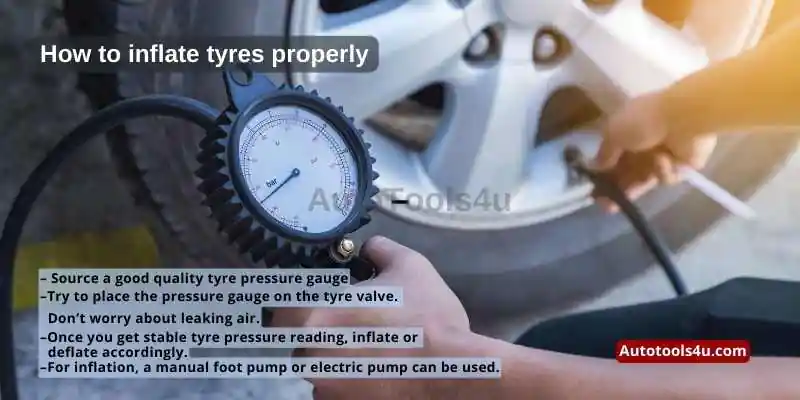
- Source a good quality tyre pressure gauge
- Familiarize yourself with correct tyre pressure specifications either by looking at the tyre sidewall or tyre pressure sticker on the door frame on the driver side.
- Try to place the pressure gauge on the tyre valve. Don’t worry about leaking air.
- Once you get stable tyre pressure reading, inflate or deflate accordingly.
- For inflation, a manual foot pump or electric pump can be used.
- Draper does some good quality foot pumps online.
- To deflate, simple use a screw driver, preferably flathead, and push on the valve downwards.
1.3 How to repair small bumps and dents on your Car
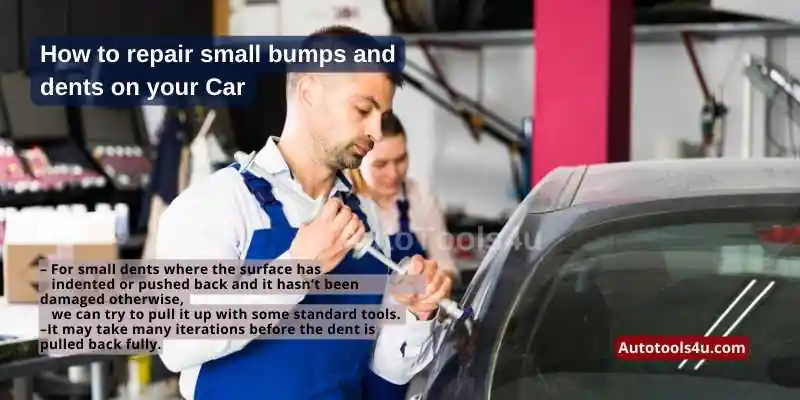
For minor dent and body work repair, a visit to a local body shop may result in an undesirable hefty bill. You can always give these small repairs a shot and see how it goes.
- For small paint work damage alone, just do touch up paint. Make sure you order the right colour. The right colour code can be obtained by driver side door frame sticker. You can use simple spray paint directly. If necessary try using very fine sand paper before the paint application. It’s not an exact science just a trial and error process you need to embark on.
- For small dents where the surface has indented or pushed back and it hasn’t been damaged otherwise, we can try to pull it up with some standard tools. There is some decent dent puller tool available online. These tools will work OK on metal bodywork but not on plastic parts.
- It may take many iterations before the dent is pulled back fully.
- For applications where paint chip has come off fully and the gap can be seen, source some suitable putty material and use that to fill in the gap. Once happy with the putty, prime the area before the final touch-up paint application.
1.4 How to protect against Rust
We all can get a bit scared if by find a rust spot on our beloved vehicle. Not to worry too much, if rust is restricted to small patches and confined places, we can probably handle it ourselves.
- Look around wheel wells, bumpers and trimming to check for rust spots.
- High traffic areas where mud and water are hit constantly are the first target for rust enemy.
- Checking for rust underneath the car is very difficult if not impossible. Whenever you go for next car service, ask for a rust check
- One small patch of rust on the main body with paint, gradually remove rust starting with fine sand paper and move up towards coarse sand paper.
- Some people have reported good results by using razor blades ( single blade )
- Online tools are available as well for this purpose.
- Rust removal compounds can make life easier.
- Do not use paint or primers on wet work areas. Let them dry and when ready, use primers and paints in that order to restore to the required quality.
Epilogue
Autoinsurancezx is a new shining star on the front of auto care, information, and development that is updated with the latest industry trends and ideas. we have a collection of articles on varied topics, anything from car wash tips to maintaining your brand new Tesla. keep us bookmarked on your devices and check for new articles and information which would help you in routine car maintenance as well as following up on the latest industry trends.
